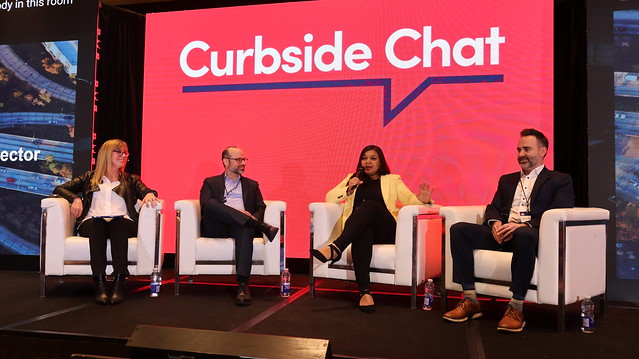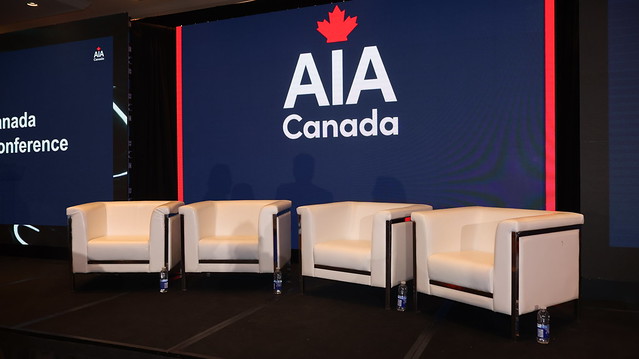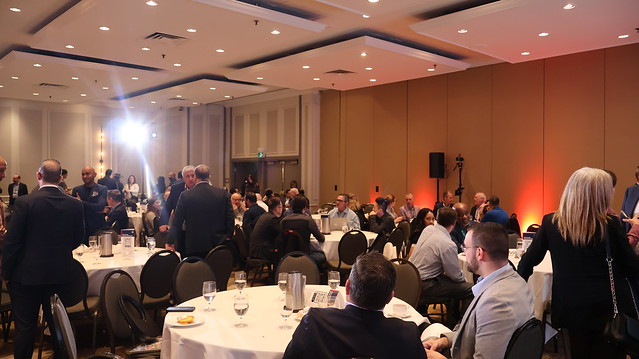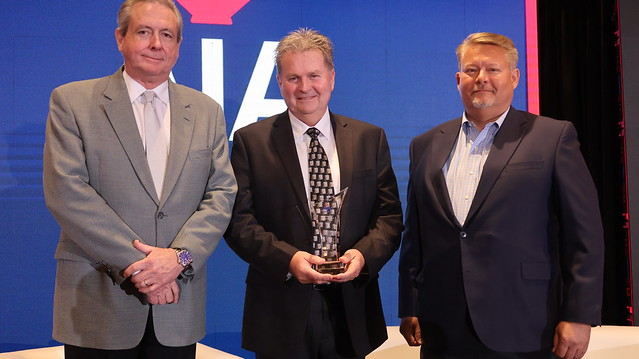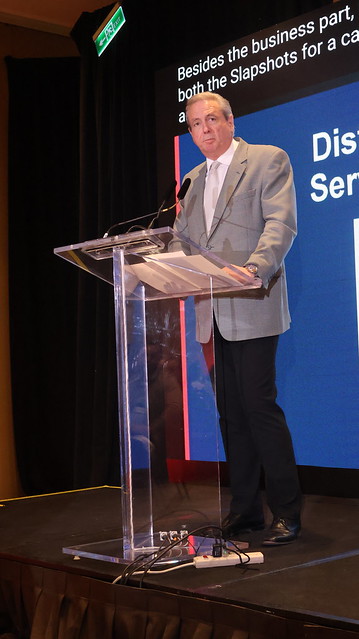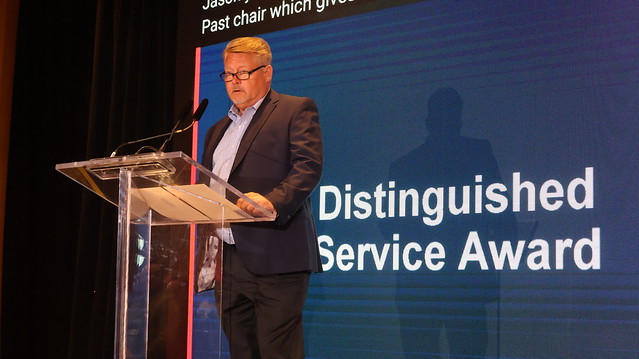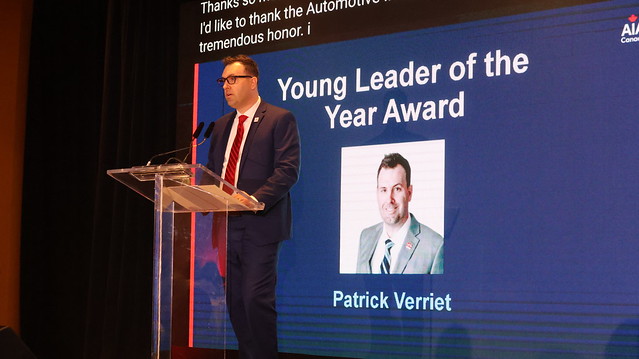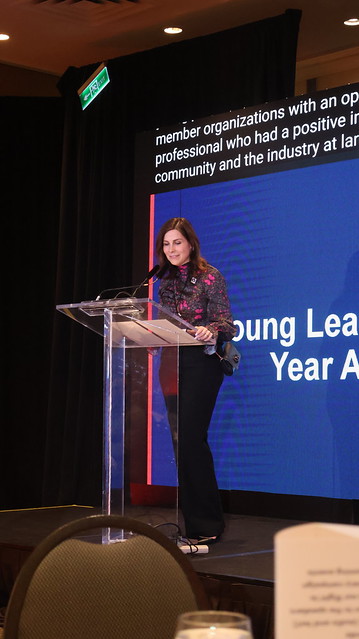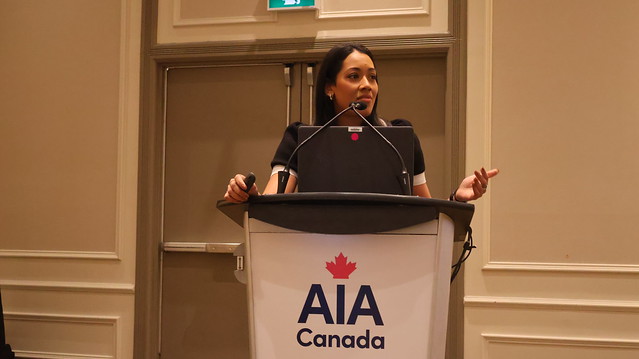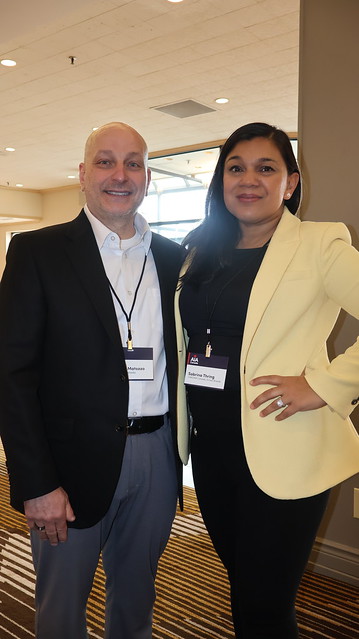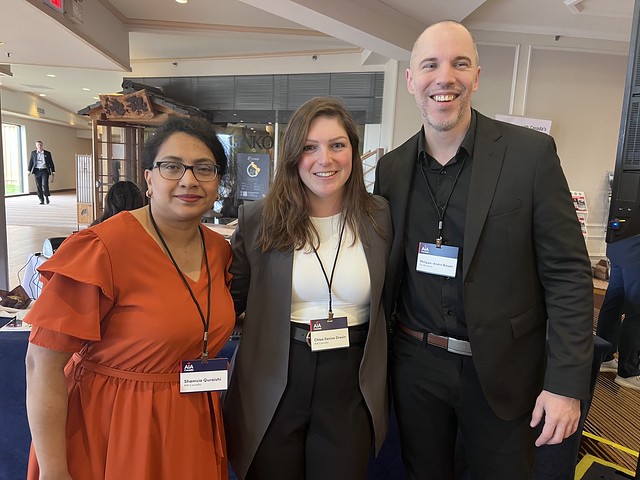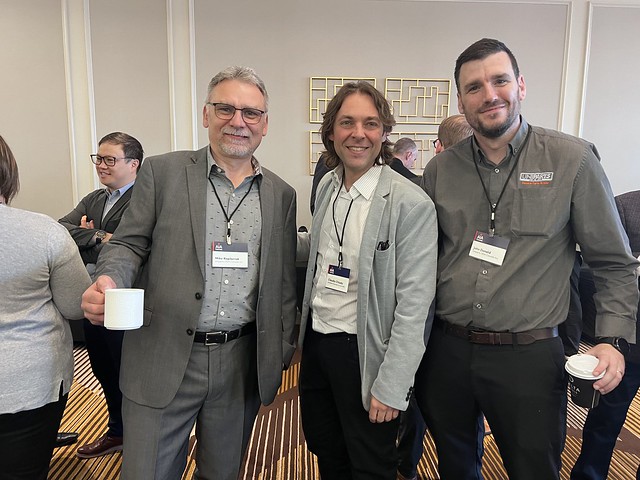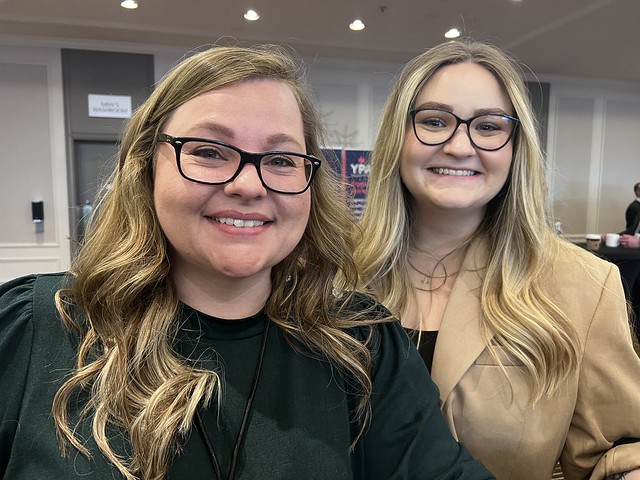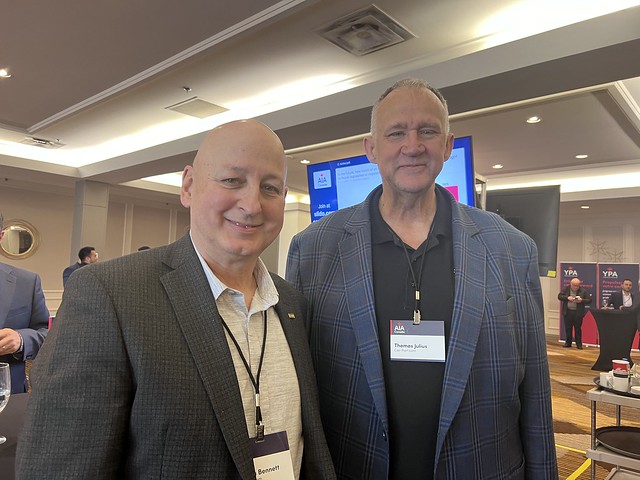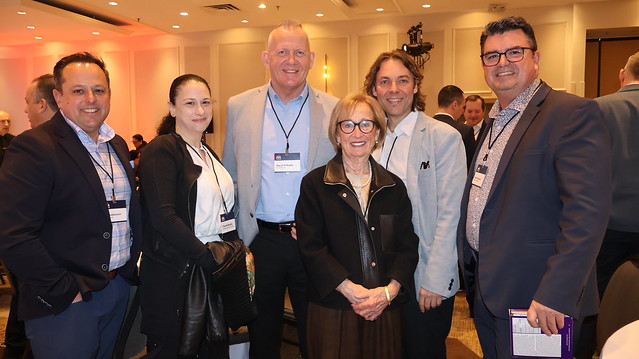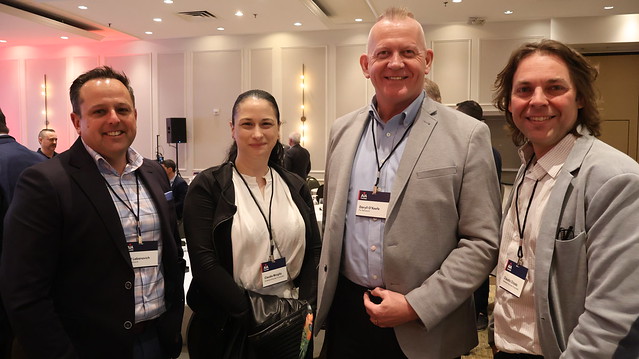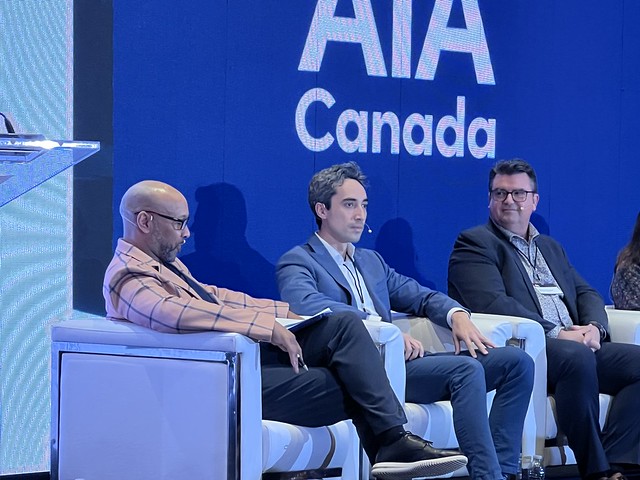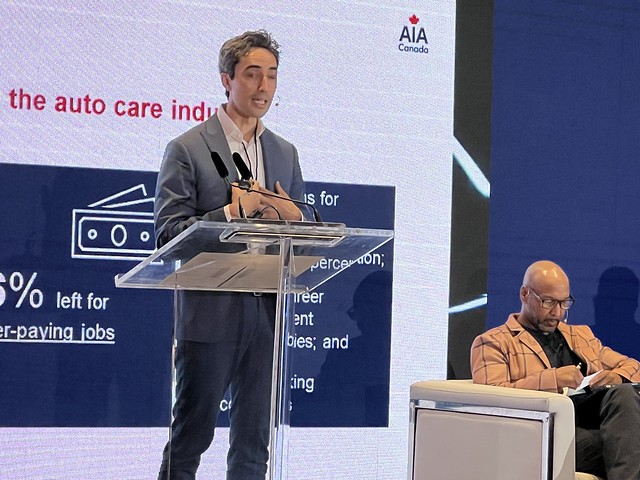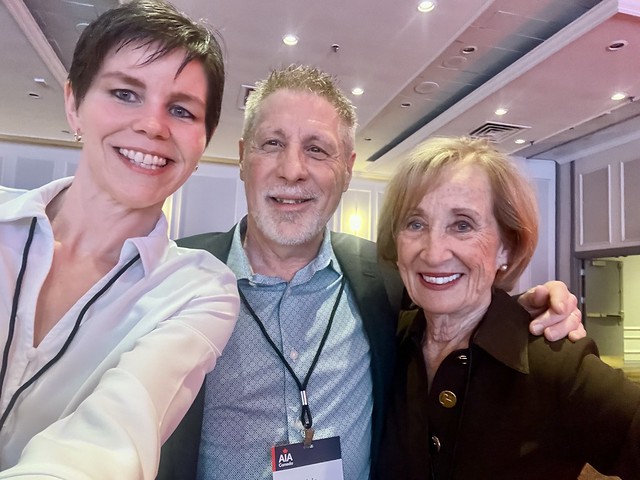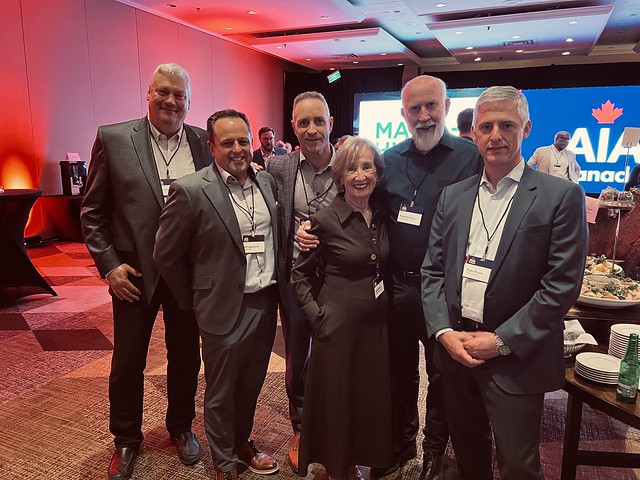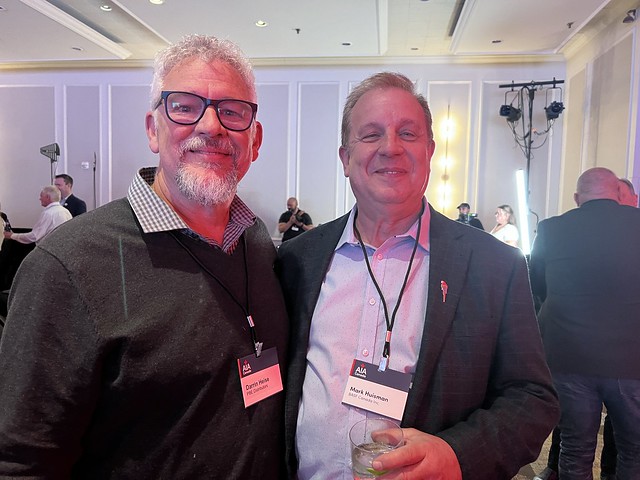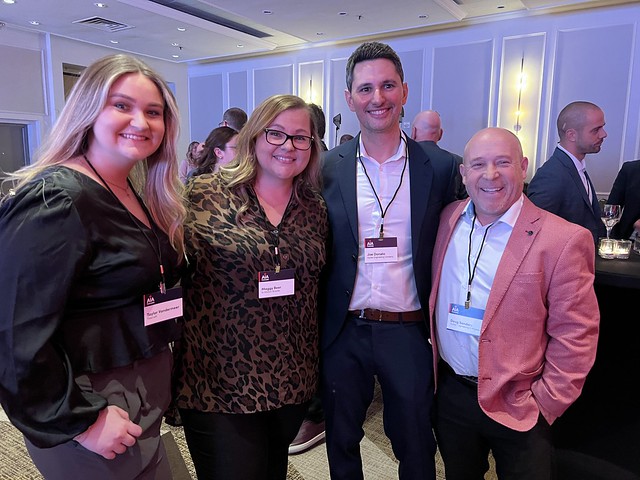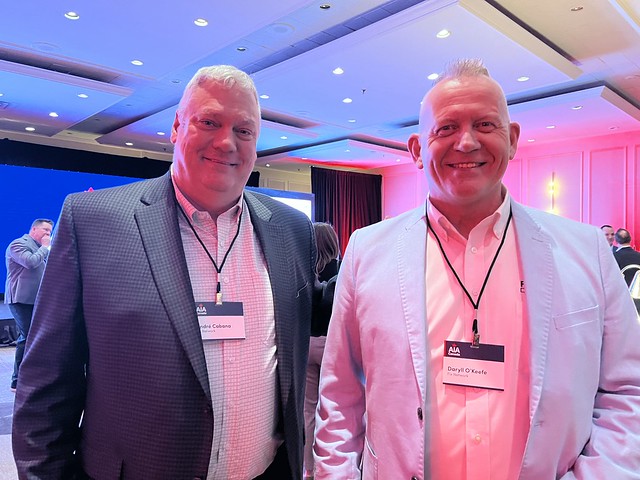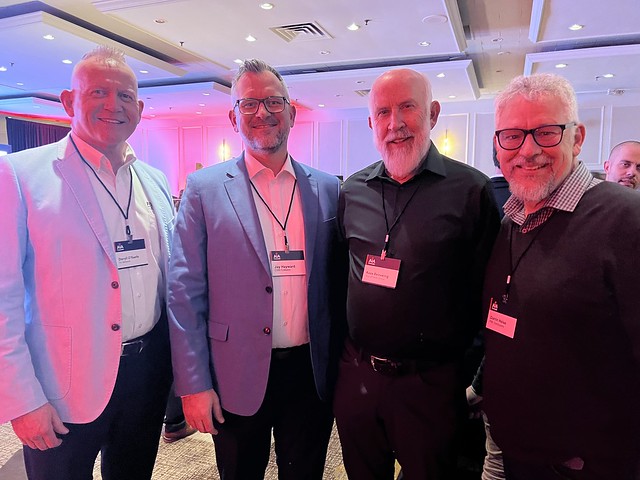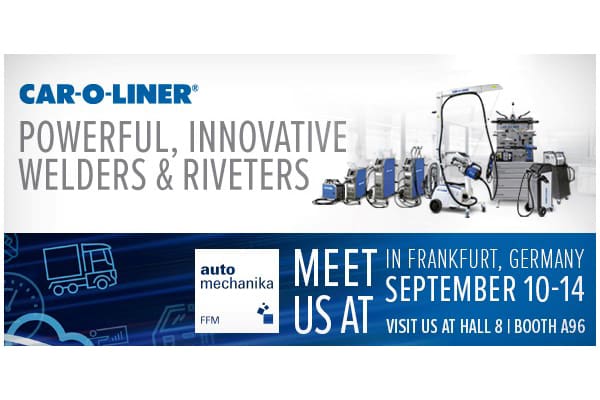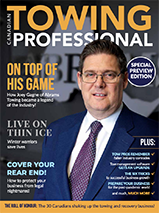Toronto, Ontario — The automotive aftermarket is on the brink of greatness—that was one of the key messages and takeaways from the Automotive Industries Association of Canada’s National Conference on Wednesday. But, before we get there, some serious industry-wide conversations need to happen.
AIA Canada hosted its annual event in Mississauga, Ont., this week, beginning with a networking reception on Tuesday. Speaker sessions, panels and an awards luncheon followed on Wednesday.
Shannon Spano, VP of sales for Wakefield Canada and outgoing chair of AIA Canada, started the event by welcoming approximately 200 guests. She discussed her time with the Board.
JF Champagne, president and CEO of AIA Canada then delivered an opening address, welcoming incoming chair Ryan Bruno, the CEO of CSN Collision Centres. Champagne’s speech also touched on hot topics facing the automotive aftermarket and gave brief updates on AIA’s current endeavours before inviting Alana Baker up to the stage for a Right to Repair update.
The speaking portion continued with a compelling conversation on one of the industry’s most discussed topics—the skills shortage.
Officially titled Overcoming labour market challenges in the industry: Current and future opportunities, the panel featured moderator James Channer, COO, In Motion Brands, and opinions from Alan McClelland, Dean of the School of Transportation, Centennial College; Sylvain Seguin, President, Fix Auto Canada; Shannon Spano, VP of Sales, Wakefield Canada, Kevin Weaver, President and CEO, Georgian College and Dr. Mauricio Zelaya, EY Canada Partner and National Economies Leader, EY Canada.
The key takeaways were shared among the speakers: first, that our current industry recruitment methods are not enough.
“Our current methods are not inspiring Gen Alpha,” commented Weaver. “We have to get them young—we have to inspire these youth to take the right classes before they develop a bias toward university education.”
Second: the fact that only 50 percent of automotive students complete their education all the way through.
Zelaya pointed out that many of these students, according to EY Canada data, stay in the automotive industry, with about one-quarter moving to automobile dealers.
“Fifty-fifty is not a good number,” he said. “The data suggests they want to stay in the industry—so why are they shifting?”
Finally, Seguin stressed that more needs to be done to promote the variety of paths one can take when they pursue a career in the automotive aftermarket.
Seguin pointed out that, when you have prospective technicians and auto workers in an isolated training environment, where they may not face the everyday stresses of throughput expectations and general duties—you can really see skills thrive and understandings expand.
“They open themselves up to understand the opportunities available to you when you pursue a career in the industry.”
“I see today’s trade and see a better career than it was when I entered the trade 35 years ago,” he added. “We need to promote the opportunities.”
“There’s no silver bullet. We have no one answer that will solve it all. But we need to build the pipeline together,” concluded McClelland.
“We can all work together to achieve a solution,” Spano and the rest of the panel agreed.
After a brief networking break, attendees divided their time between three concurrent sessions.
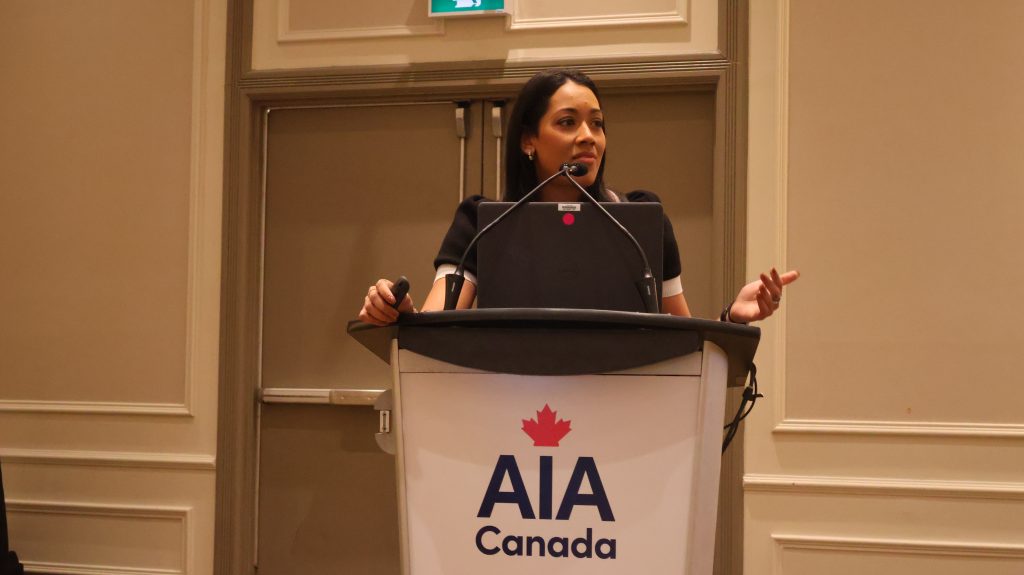
Stacey Miller of the Auto Care Association led a discussion on creating inclusive environments for women in the auto care sector, elaborating on existing support networks; the most sought-after qualities women seek in managers and more data on boosting inclusivity across the board.
Todd Campau, aftermarket product lead for S&P Global Mobility, discussed his company’s up-to-date data on vehicle sales, including insights on post-pandemic recovery, outlooks and EV insights.
Meanwhile, Daryl Benton, VP of Sales and Marketing Automotive Aftermarket, MAIN+HUMMEL, continued the conversation on attracting youth and creating opportunities in the industry.
An awards luncheon honoured two special attendees: Patrick Verriet and Bill Hay, the winners of AIA Canada’s 2024 Young Leader of the Year Award and Distinguished Service Award, respectively.
Following lunch, Paul McCarthy, President and CEO, MEMA Aftermarket Suppliers; Sabrina Thring, Brand President, Collision Group, Driven Brands; and Chris Kinghorn, VP of Strategy and Growth, UAP Inc., sat down to record a live session of the Curbside Chat podcast. The panel discussed how their various businesses are responding to trends facing shops and customers in 2024.
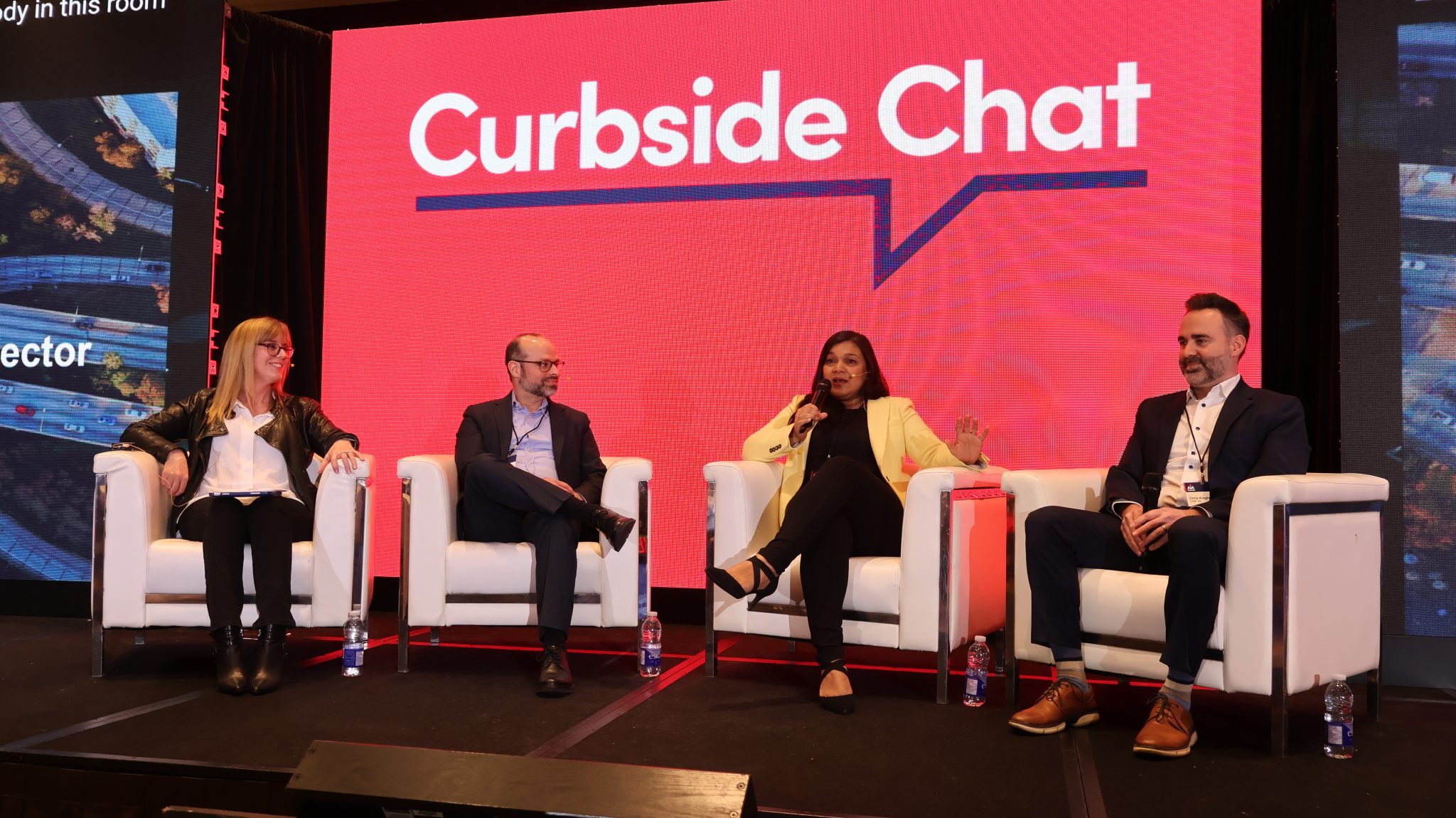
Thring said one frequent conversation amid Driven Brands’ network shops is around the industry balancing act.
“You have a disconnect between the OEs, the insurers, the shops. At Driven, we spend a lot of time on focus groups, understanding profitability in the current situation and how we can continue to make money in this changing market.
“Pleasing the customer, the OE, the insurer and your staff…with the bottom lines we’re getting. That’s a big topic of discussion amid our network right now.”
The panel also touched on artificial intelligence and its place in the industry, where McCarthy highlighted its range of uses in sales and marketing tactics.
“If you’re not using AI in your sales and marketing…you’re working too hard.”
Next was Doug Stephens, the founder of CEO Retail Prophet, who closed the speaking portion with his conversation on consumer behaviour, with a heavy focus on AI and understanding customer expectations.
Stephens touched on how artificial intelligence is already widely used in retail settings–such as in restocking tools using AI-driven vision to mark empty shelves; AI tools that companies like Starbucks use to customize and cater to a personalized customer experience or cameras that pick up “known behaviours” to flag potential thieves or nefarious characters.
He noted that the automotive industry could be at risk when it comes to AI tools that mimic people’s appearances or voices.
“What if AI impersonates your customer, and that AI tells you that they [the customer] are sending someone else in to pick their car up. What do you do then?”
Incoming AIA Canada chair Ryan Bruno took the stage once again at the end of the day. He commended AIA Canada for an excellent event and thanked guests from all sectors for showing their support.
“Who else can say they’re glad they’re in the same room as their competitors?” joked Bruno.
He also announced that AIA Canada’s Canada Night in Las Vegas during Industry Week alongside the SEMA Show and AAPEX, will be held Nov. 5, 2024 at the Palazzo Pool Deck, so, “bring your bathing suits!”
Check out Collision Repair magazine’s photos from the event below.
The post Change the Conversation: AIA Canada hosts 2024 National Conference, with emphasis on industry-wide conversation appeared first on Collision Repair Magazine.




